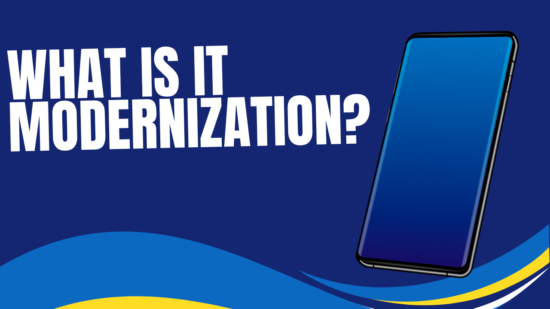Virtual reality or VR is a type of computer technology that replicates an imagined or real environment, and simulates your physical presence in that world in a way that lets you interact with it. VR artificially makes sensory experience, which may cover smell, hearing, touch, and sight. This is achieved through devices like omni-directional treadmills, headsets, and specialty gloves, all of which work together to stimulate your senses and create an illusion of reality.
Virtual reality may seem all fun and games at first, but it is actually being adopted by various industries, such as sports, medicine, military, architecture, and education, apart from the usual entertainment, gaming, and the arts. VR can provide exciting and new discoveries in all those areas which may impact daily operations and our lives in general. Through this system, a person can take on virtual risks to gain experience in the real world. This can be crucial to military tacticians and trainees, trainee fighter pilots, and practicing surgeons.
VR in Healthcare
The healthcare industry is one of the biggest users of virtual reality for phobia treatment, skills training, robotic surgery, and surgery simulation. VR lets healthcare professionals learn new skills and hone existing ones in a safer environment without endangering any patient. Human simulation software (HumanSim), for instance, lets doctors and nurses interact with others and patients in a 3D world to measure their emotions.
VR diagnostics lets doctors make better diagnosis using other methods like MRI scanning to eliminate the need for surgery and other invasive procedures. Virtual robotic surgery may help reduce the risk of complications and time spent performing the surgery. Likewise, it is used for training surgeons as well as in remote telesurgery where a surgeon performs the surgery away from the patient.
There are many other ways that virtual reality has revolutionized healthcare and medicine. Exposure therapy is being used by University of Louisville psychiatrists to help patients address and overcome their fears, like claustrophobia and flying. Through VR, certain situations are simulated in a safer and more controlled environment to allow patients to deal with their fears, traumas, and learn coping strategies. Virtual reality can be useful for treating PTSD in soldiers, too, as well as for pain management, social cognition training for autistic young adults, meditation, and the assessment and rehabilitation of brain damage.










